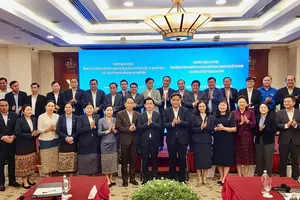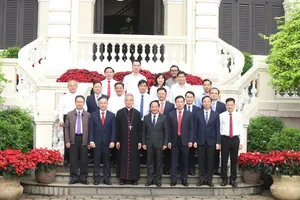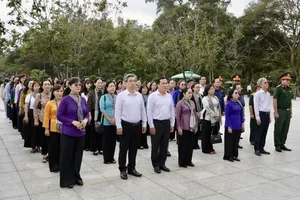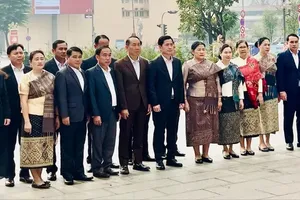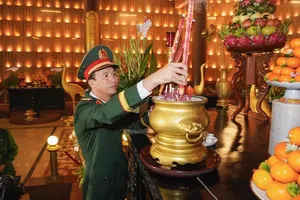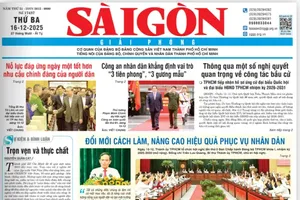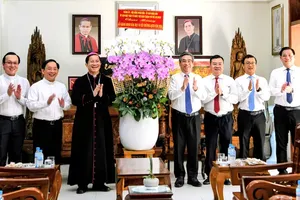
In order to boost the performance of administration tasks in such a megacity like HCMC, the municipal authorities conducted research on an urban administration model (UAM) 10 years ago.
This model aims at :
· improving the performance of state management in HCMC in relation with specific characteristics of the city and the conditions of the market mechanism and the globalization process;
· promoting innovation and activeness of residents in HCMC, increasing the autonomy and accountability of state organizations, mobilizing all possible resources for a sustainable growth and the establishment of a civilized, modern city with fairness in public services;
· building a professional administrative management apparatus with the devoted staff to answer the needs of individuals and businesses.
However, at that time, legal documents only allowed HCMC to pilot the content related to re-organizing the People’s Committee and People’s Council from 2009-2016.
Thanks to Article 111 in the Constitution, the Law on Local Government Organization, and the Law on Amendment for the Law on Government Organization, the necessary legal corridor has been created to actually form UAM in HCMC, based to some extent on the content piloted so far.
In particular, chapter IX of the 2013 Constitution for the first time defines the term ‘local government’ and concretizes it with the Law on Local Government Organization in 2015, where the People’s Committee and People’s Council are organized consistent with the features of rural areas, cities, islands, and special administrative-economic units provided by the law.
On November 22, 2019, the Amendment for the Law on Government Organization allows administration units in the district and ward levels not to mandatorily have a People’s Council. This is the legal foundation for UAM in HCMC.
However, inadequacies in urban management arise when legal documents related to state management do not provide sufficient regulations for the 3 mechanisms of decentralization, delegation of powers to local governments, and delegation of powers to local State administrative agencies. This has led to overlapping of functions among different agencies and levels.
A local government should synchronously carry out reforms in the three parts of administrative institution, organization and operation, the civil staff. HCMC’s UAM is one that can satisfy the reform of all three.
At the moment, HCMC is implementing two resolutions by the National Assembly and the Standing Committee of the National Assembly, namely establishing an UAM in HCMC and Thu Duc City – a municipal city of HCMC. These are actually two important points in the mentioned research of HCMC 10 years ago. They have been updated in accordance with the current applicable law.
One notable detail is that the omission of a People’s Council in the district and ward levels is just the first step in forming an UAM. The core point is this model in HCMC is the clear mechanisms of decentralization, delegation of powers to local governments, and delegation of powers to local State administrative agencies.
These mechanisms are normally displayed in the four fields of planning and construction investment, finance – state budget, land and environment management, administrative apparatus organization. Thus, there is a need to research more on the expansion of decentralization and delegation of powers between the Government and the municipal authorities in order to increase autonomy and accountability of UAM.
The establishment of Thu Duc City is essential and consistent with the project to create the Eastern innovative urban area of HCMC. Yet to ensure its success, the three following aspects should be taken into account:
· comprehensively re-planning the 211-km urban area to make it smarter, more modern and innovative so that it can become the foundation for an open, connected public traffic system of the whole HCMC
· re-organizing the civil staff in way of being more professional and systematic, with a priority on quality
· allowing higher decentralization and delegation of powers to Thu Duc City to promote its activeness and creativity while reducing the workload of state departments and agencies in HCMC.
Obviously, Thu Duc City should become the model of a modern urban administration.
In general, the establishment of an UAM in HCMC must be consistent with the mission of making this megacity a multi-center with a series of sub-cities along the length of 50km, as well as the core of the Southern key economic zone.
UAM is not the ultimate goal but merely a method of effective organization and management for a sustainable development of HCMC where residents are better cared for.
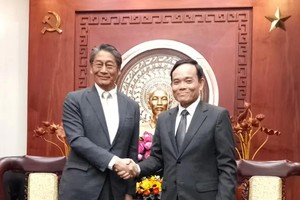

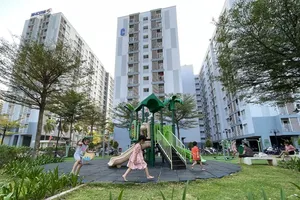

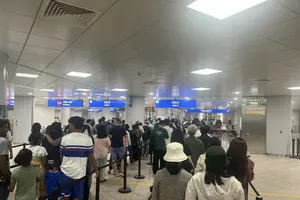
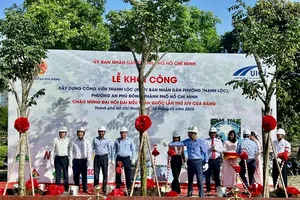

)
